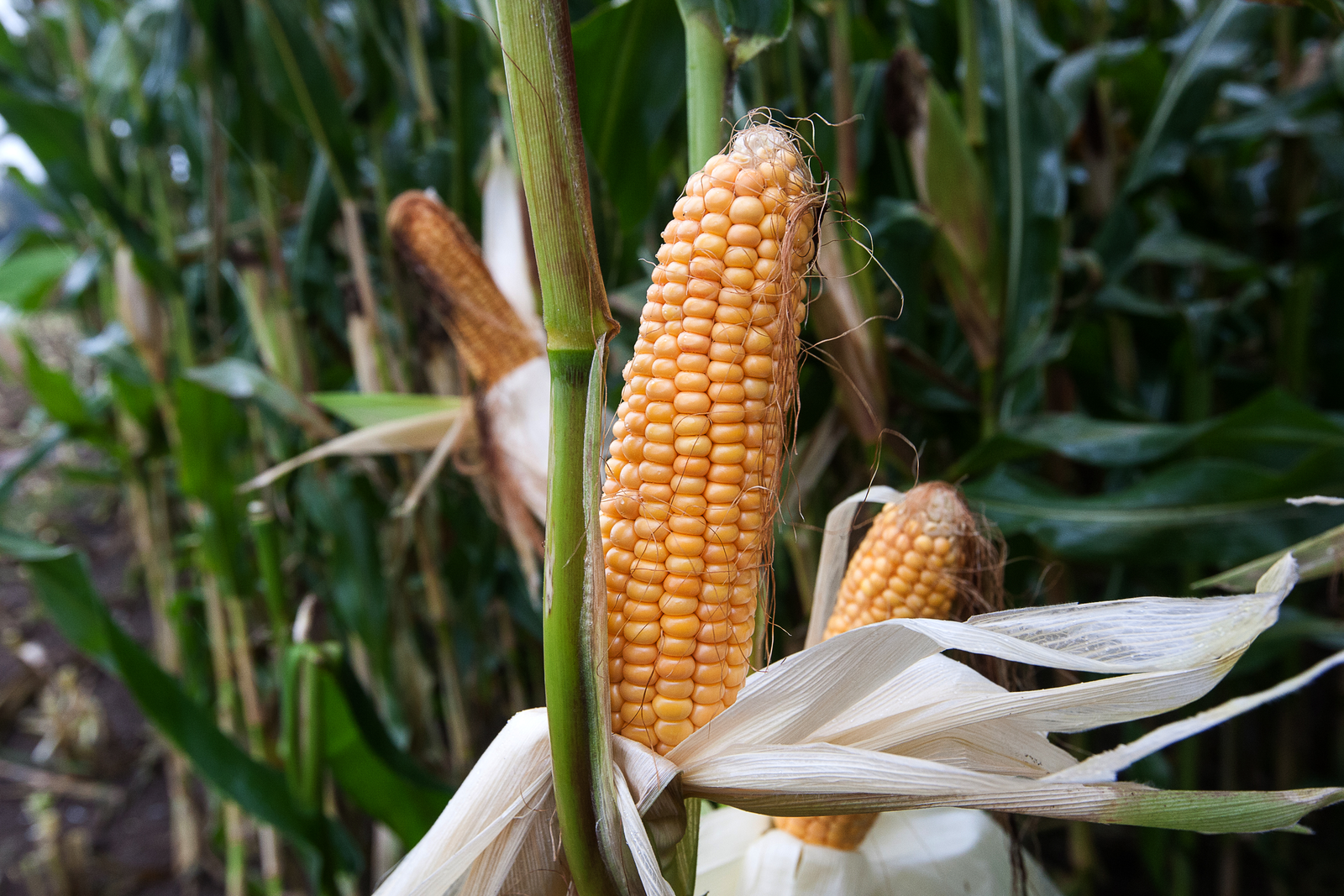Polish maize tested for mycotoxins

The mycotoxins DON and HT2 were the most found Polish corn. This is concluded from the data collected from 46 maize samples from across Poland.
The 46 samples were collected either directly from the farms or from animal feed production sites and tested for aflatoxin B1 (AfB1), zearalenone (ZEN), deoxynivalenol (DON), T-2 toxin, HT-2 toxin, fumonisin B1 (FB1) and OTA across all regions of Poland.
It was shown that almost 70% of the maize samples were contaminated with DON and 65% with HT2-toxin. As expected only 2.2 % of the samples contained AfB1. Surprisingly almost 30% of the samples were contaminated with FB1, a typical maize mycotoxin. Most of the recovered mycotoxins were in concentrations regarded as medium (>LOD but below EU recommended levels). The highest concentration of DON and T-2 toxin found reached 1900 μg/kg and 327 μg/kg respectively.
Interestingly, 37% of the samples contained zearalenone, a mycotoxin that affects reproductive performance in breeding animals. Its maximum concentration reached 1000 μg/kg, a significant level. One sample was contaminated with AfB1, none of the samples were contaminated with ochratoxin A, a known typical storage mycotoxin. One sample was positive for AfB1 but did not exceed the maximum EU permitted concentration of AfB1 in maize (20 μg/kg) (Commission Regulation (EU) No 574/2011).
Poland is one of Europe’s biggest grain producers and the farming sector has changed dramatically since it joined the European Union (EU) more than 10 years ago. Poland is also known to be a major agricultural country with maize planted over approximately 700,000 hectares making it one of the main seed importing countries in Eastern Europe.
The survey and tests were performed by Nutriad.











